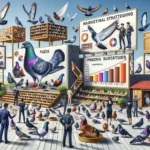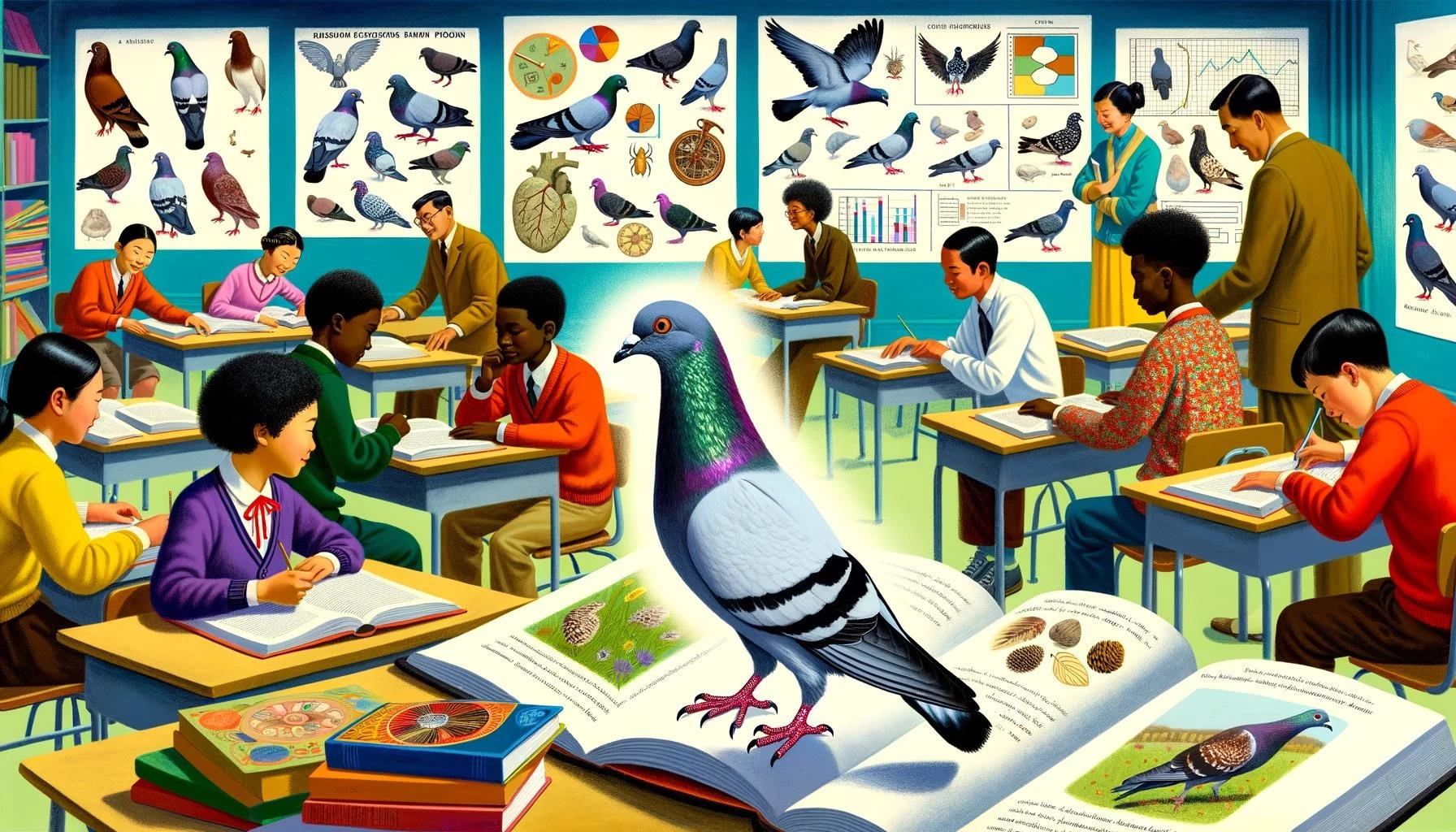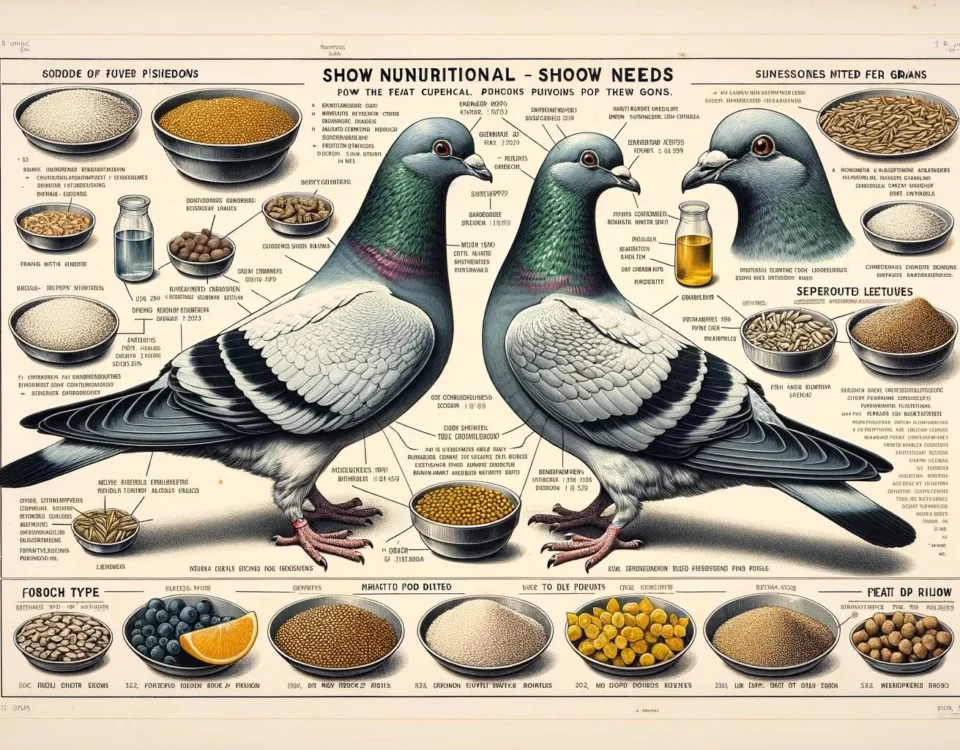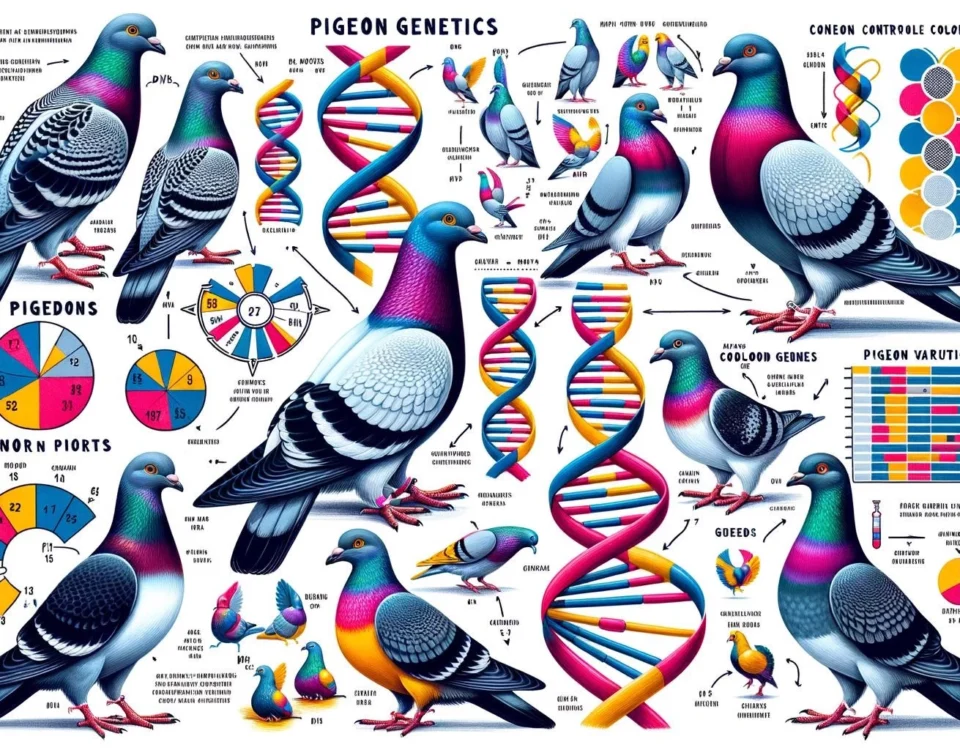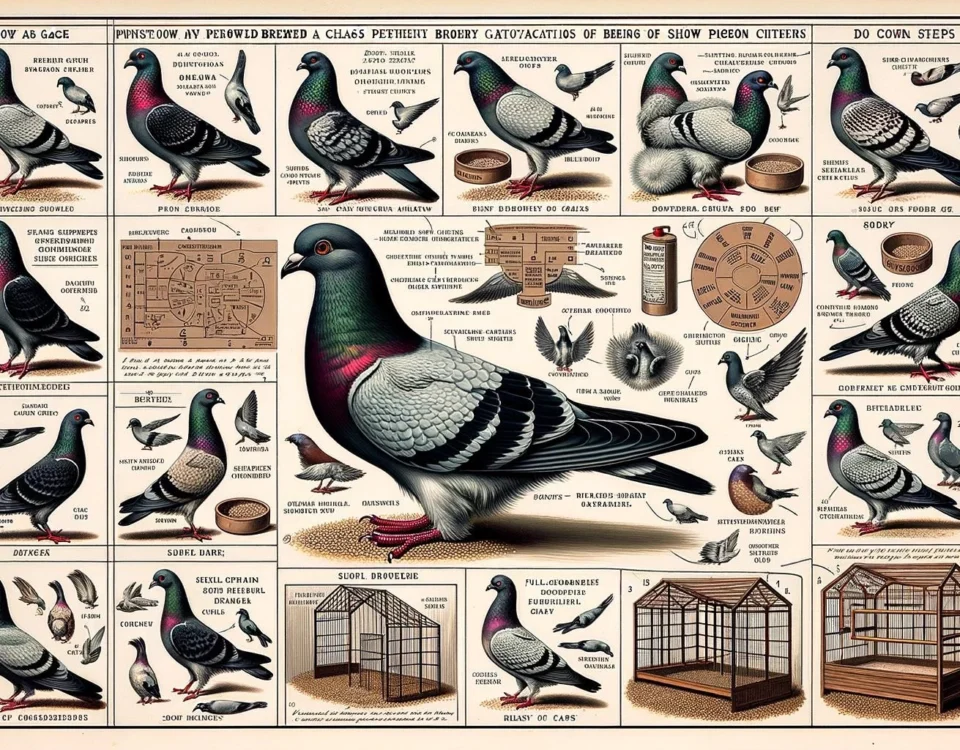Pigeons, often considered a nuisance or a common bird in urban environments, may not be the first creatures that come to mind when thinking about education. However, they have been the subjects of research and have shown remarkable intelligence, problem-solving abilities, and learning capabilities. This has led to the exploration of pigeons in educational settings, where they can be utilized as a unique resource for teaching and learning.
Key Takeaways
- Pigeons have been found to exhibit problem-solving abilities that match those of artificial intelligence.
- They possess associative learning skills, which enable them to link two phenomena together.
- Pigeons have a wide field of vision, nearly 360 degrees, and process visual information faster than humans.
- These characteristics make pigeons valuable in educational settings, where they can be used for research, teaching, and engaging students in scientific inquiry.
Pigeons and Problem-Solving
Studies have found that pigeons exhibit problem-solving capabilities that are comparable to artificial intelligence. For example, researchers at the University of Iowa concluded that pigeons use the same base learning principle called associative learning, which is linking two phenomena together, as AI. They conducted experiments where the pigeons were trained to categorize sample stimuli, demonstrating their ability to learn and classify information.
In another study, it was discovered that pigeons problem-solve similarly to artificial intelligence. The research highlighted that pigeons possess problem-solving skills that are often overlooked. Pigeons can remember faces, navigate complex routes, and even deliver messages. Their problem-solving abilities offer insights into the potential applications of these skills in various educational contexts.
Pigeons in Education
Given their problem-solving abilities, pigeons can be utilized as valuable resources in educational settings. Here are some ways in which pigeons can be incorporated into educational activities:
Scientific Research and Observation
Watching and observing pigeons can provide students with hands-on learning experiences in the field of biology and animal behavior. Students can study their behaviors, feeding patterns, nesting habits, and communication methods. Such observations can enhance students’ knowledge of animal behavior and stimulate scientific inquiry.
Teaching Visual Processing and Perception
Pigeons have a wide field of vision, nearly 360 degrees, and process visual information at a faster rate than humans. This unique attribute can be used to teach students about visual processing and perception. Students can study how pigeons analyze and interpret their surroundings, and explore the differences between human and avian perception.
Problem-Solving and Critical Thinking Activities
Creating problem-solving activities involving pigeons can encourage students to think critically and develop analytical skills. Students can design experiments to test pigeons’ problem-solving abilities, such as creating puzzles or mazes for the pigeons to navigate. This kind of hands-on activity will engage students in active learning and foster their problem-solving skills.
Overall, incorporating pigeons into education provides a unique and interactive way to engage students in learning. Their problem-solving abilities, associative learning skills, and distinctive visual processing can be harnessed to enhance various subjects, such as biology, psychology, and critical thinking.
So, the next time you see a pigeon, remember that there is more to them than meets the eye. They can be valuable contributors to education and learning through their remarkable abilities and characteristics.

